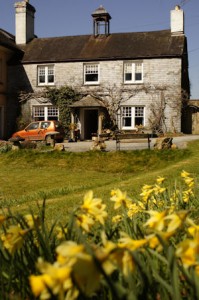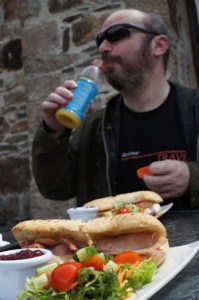We’ve been doing quite a lot of work with travel websites and holiday accommodation providers recently, so I thought this might be a good time to summarise our top tips.
1) Take your time and get good photography.

2) Think hard about what people might search for that you provide, and make sure you have pages focussing on those features. Is your accommodation ideal for honeymooning couples, dog friendly, ideal for people travelling without a car? Do you have a special offer for Mother’s Day, or discounts for holidays in October? If so, write a page about each of those things!
3) Allow room for growth when planning your website. Unless you are quite sure that everything you do will fit neatly into less than seven pages, be cautious about getting a website with menu bars that go horizontally across the top of your website. These tend to limit how easy it is to add content. A vertical menu is much more expandable, without resorting to hiding information behind dropdowns. Ask for a content management system, so you can easily add pages and highlight special offers.
4 ) Update whenever you can. If customers may be concerned about unseasonal snow, Icelandic volcanos or too much rain preventing them enjoying their holiday, consider posting an update on your site about what’s still open and how much of a problem this really is. Photo-updates are good!
5) Make notes of questions you are asked. If previous customers ask about golf in the area, whether accommodation has wifi, or how easy it is to get to the pub, that’s an opportunity for communicating more effectively via your website. Set some time aside to building new content to explain how your accommodation meets these needs.
6) Check your site on a mobile phone. If you don’t have a smartphone, borrow one and take a look. Is the text readable? Does the first photo shown still look great? Is the load time reasonable?
7) Pretend to be a customer. If your customers are supposed to contact you via a form, or follow a link, try it yourself. If you have online booking, make a booking yourself. Was the booking process easy to use? Did you get confused? Would more information at a crucial stage help?
